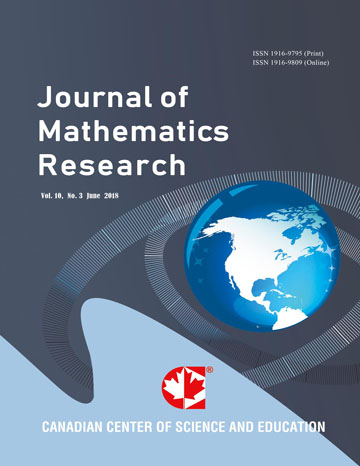A Further Property of Functions in Class B(m): An Application of Bell Polynomials
Abstract
We say that a function $\alpha(x)$ belongs to the set ${\bf A}^{(\gamma)}$ if it has an asymptotic expansion of the form $\alpha(x)\sim \sum^\infty_{i=0}\alpha_ix^{\gamma-i}$ as $x\to\infty$, which can be differentiated term by term infinitely many times. A function $f(x)$ is in the class ${\bf B}^{(m)}$ if it satisfies a linear homogeneous differential equation of the form $f(x)=\sum^m_{k=1}p_k(x)f^{(k)}(x)$, with $p_k\in {\bf A}^{(i_k)}$, $i_k$ being integers satisfying $i_k\leq k$. These functions appear in many problems of applied mathematics and other scientific disciplines. They have been shown to have many interesting properties, and their integrals $\int^\infty_0 f(x)\,dx$, whether convergent or divergent, can be evaluated very efficiently via the Levin--Sidi $D^{(m)}$-transformation, a most effective convergence acceleration method. (In case of divergence, these integrals are defined in some summability sense, such as Abel summability or Hadamard finite part or a mixture of these two.) In this note, we show that if $f(x)$ is in ${\bf B}^{(m)}$, then so is $(f\circ g)(x)=f(g(x))$, where $g(x)>0$ for all large $x$ and $g\in {\bf A}^{(s)}$, $s$ being a positive integer. This enlarges the scope of the $D^{(m)}$-transformation considerably to include functions of complicated arguments. We demonstrate the validity of our result with an application of the $D^{(3)}$ transformation to two integrals $I[f]$ and $I[f\circ g]$, for some $f\in{\bf B}^{(3)}$ and $g\in{\bf A}^{(2)}$. The Fa\`{a} di Bruno formula and Bell polynomials play a central role in our study.
 PDF
PDF
